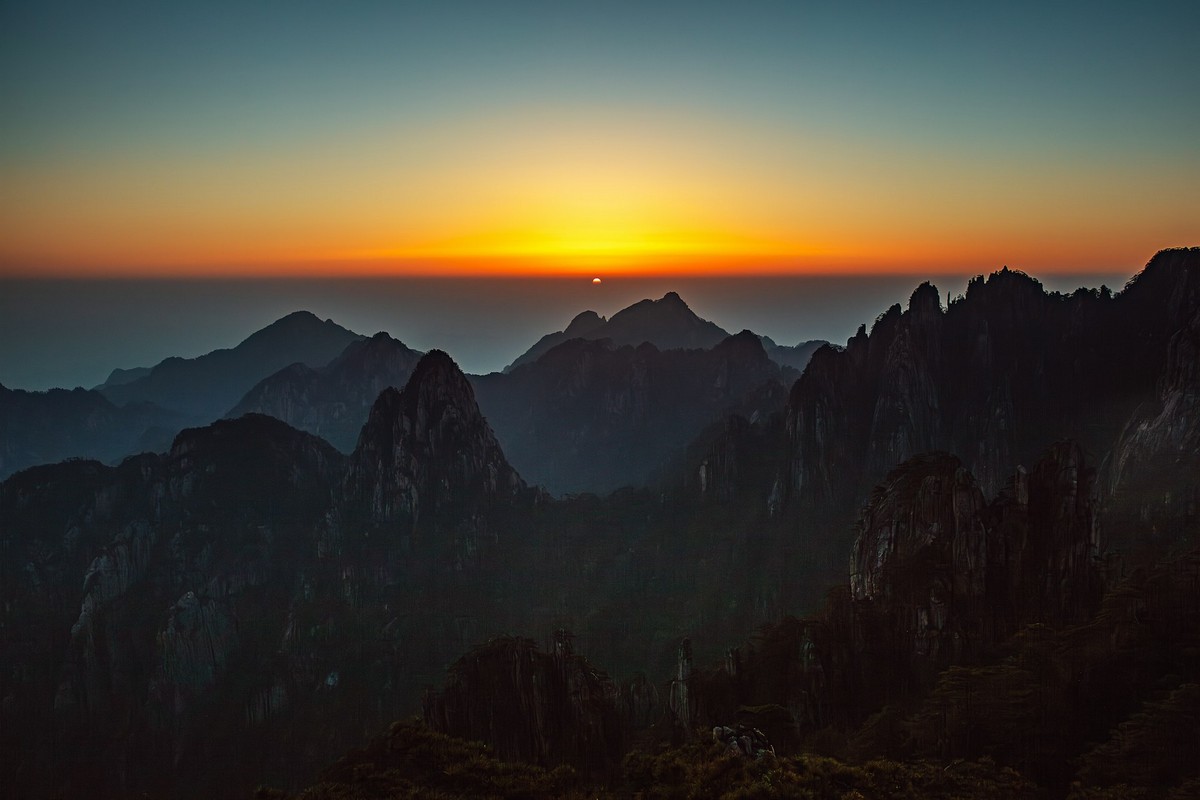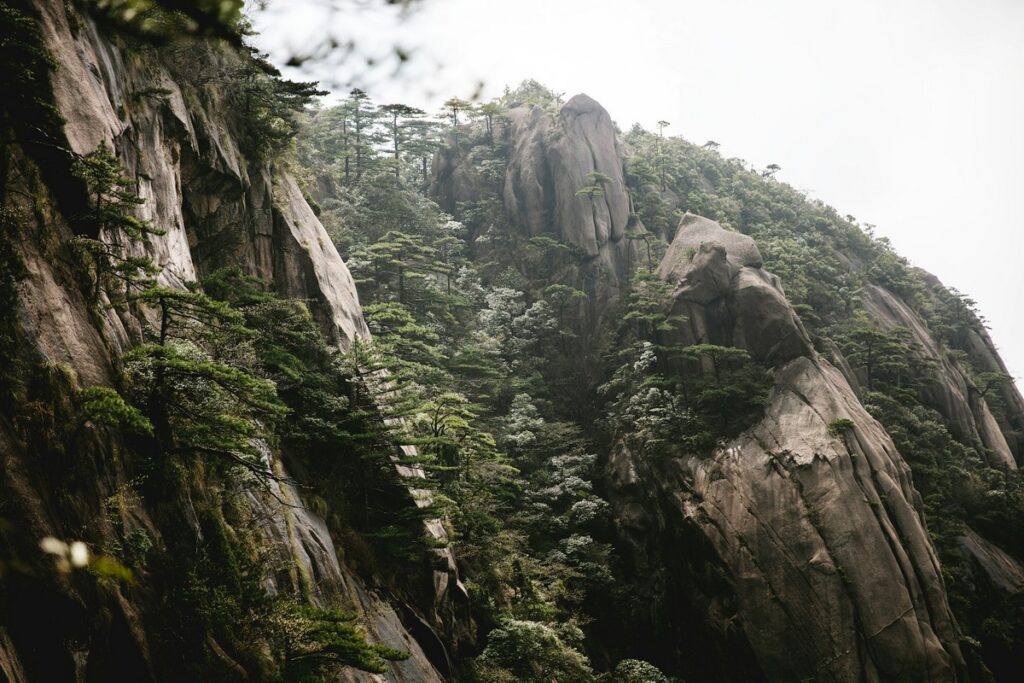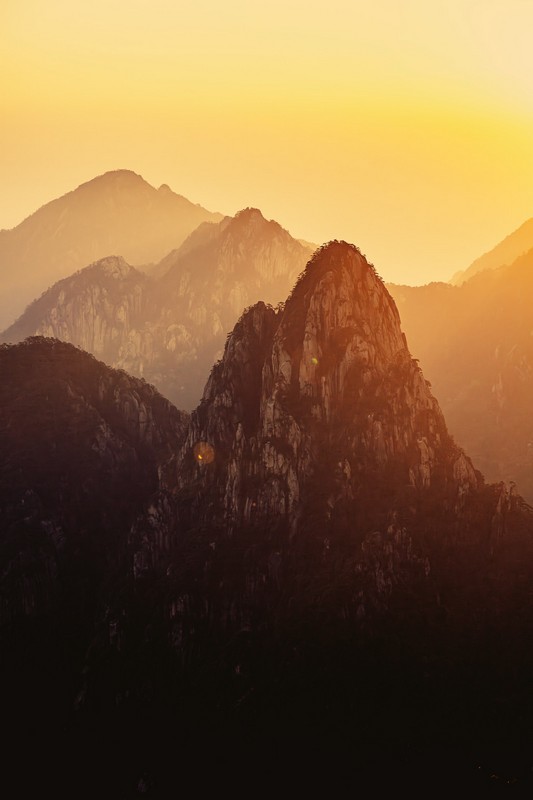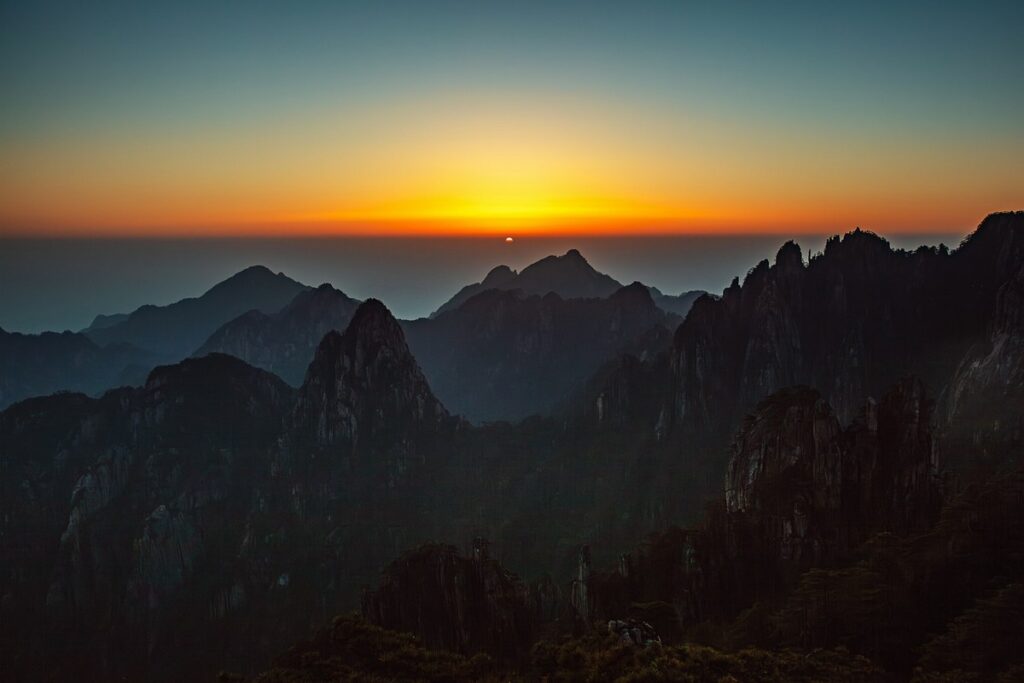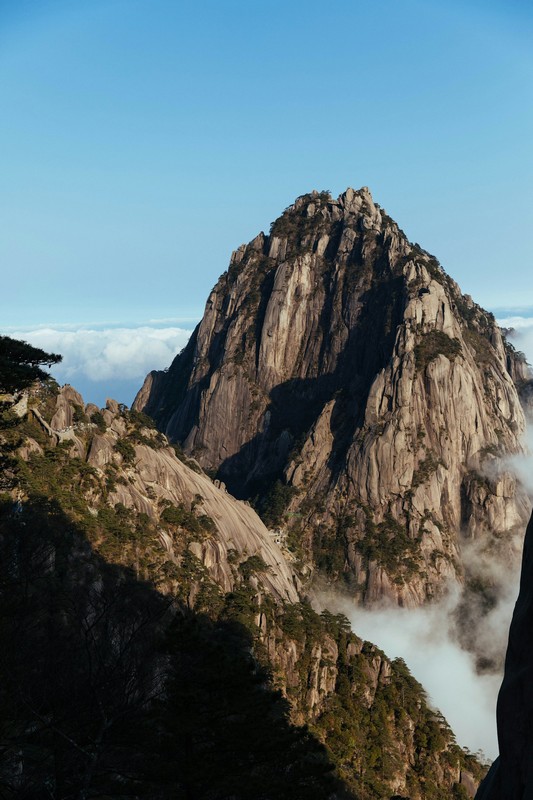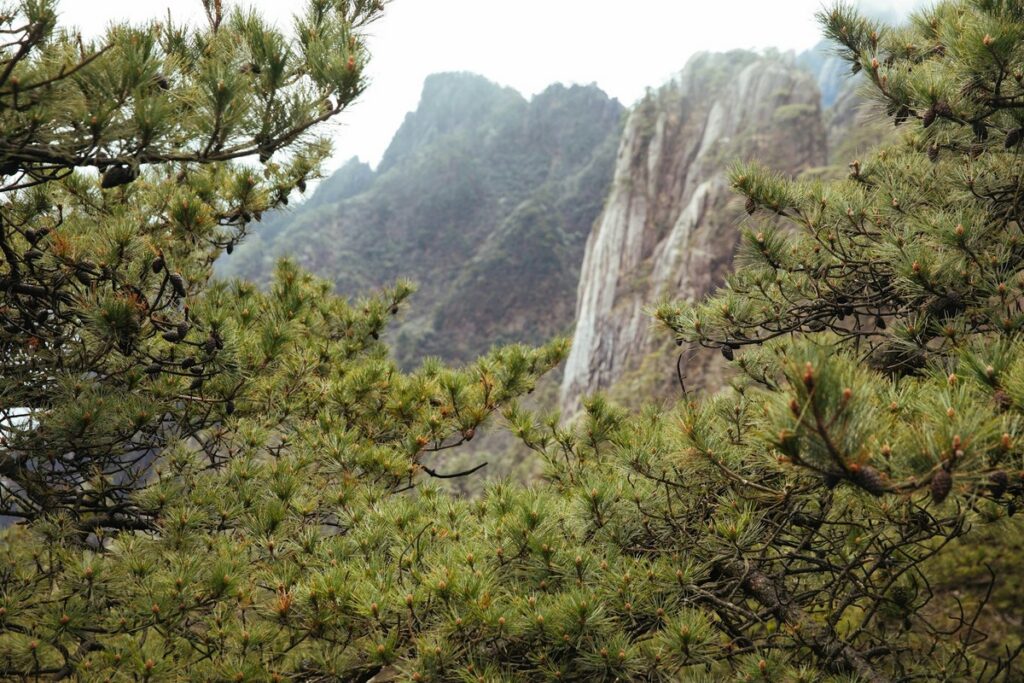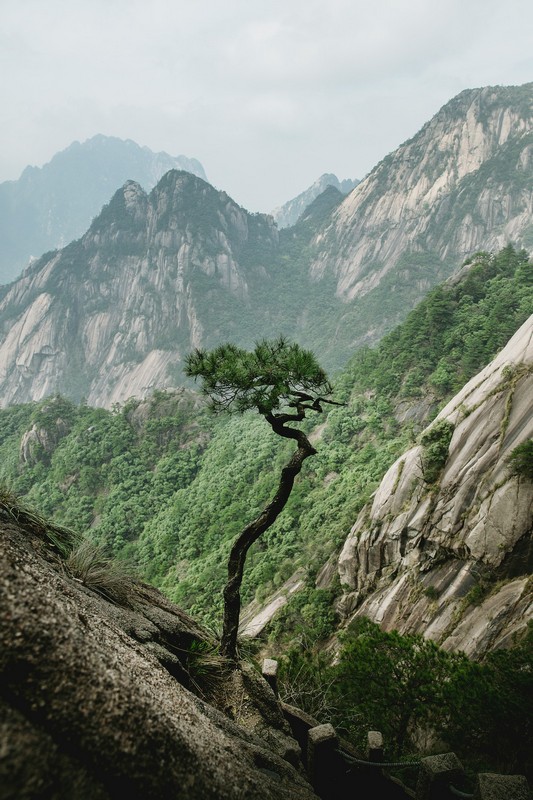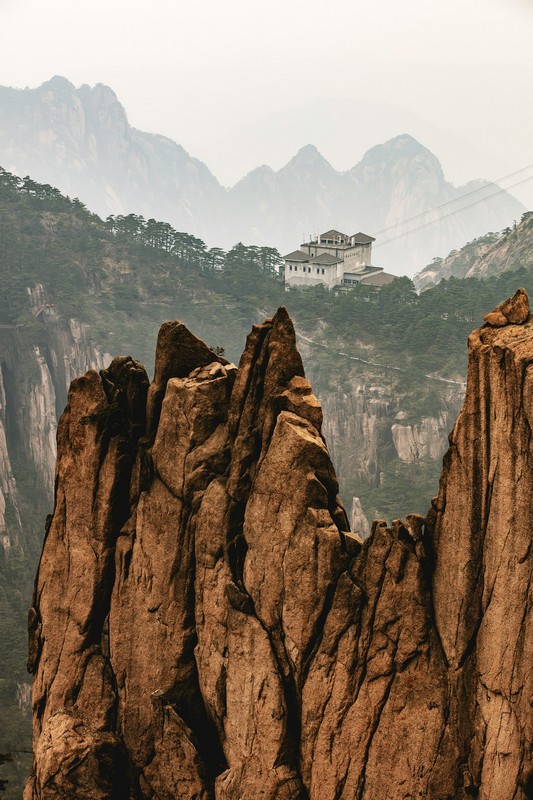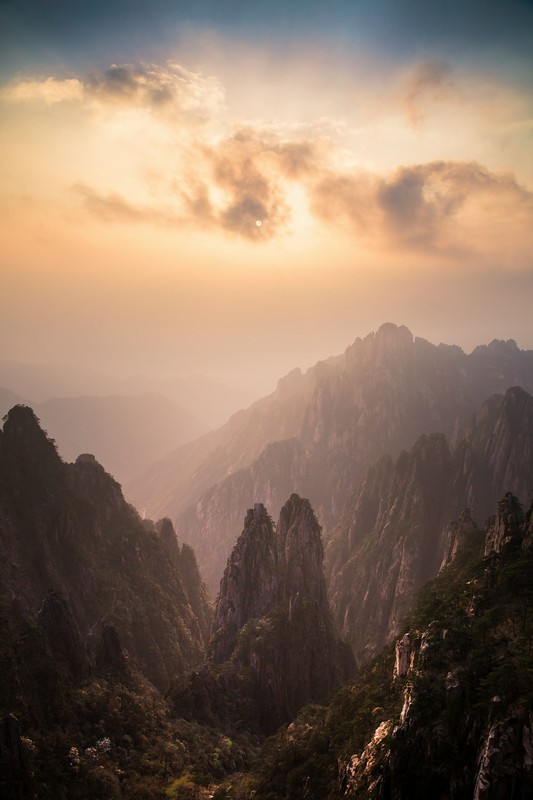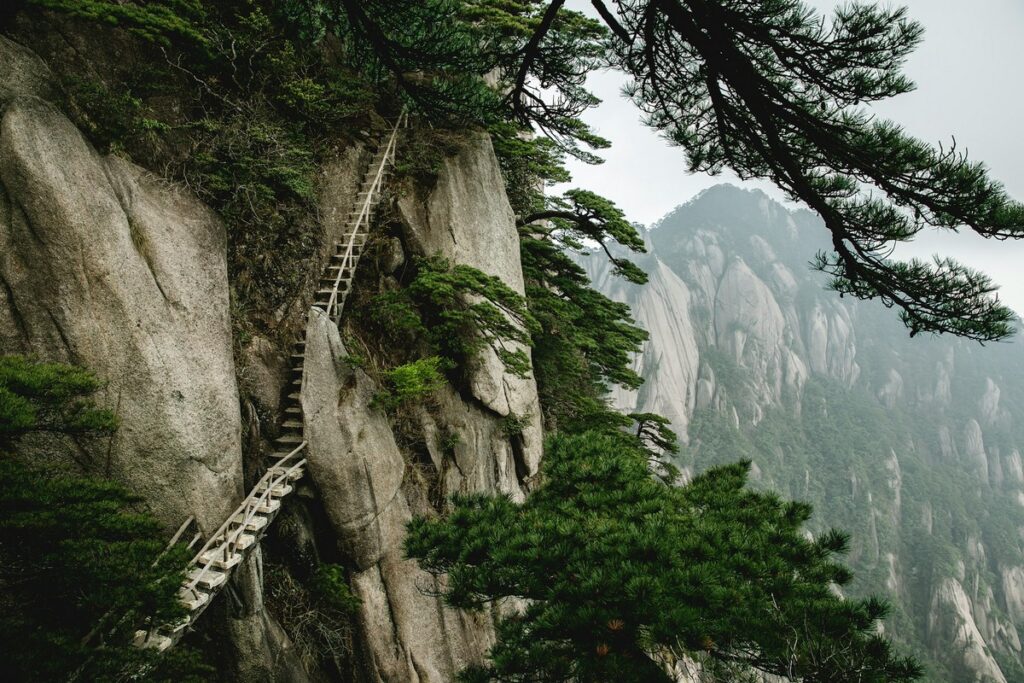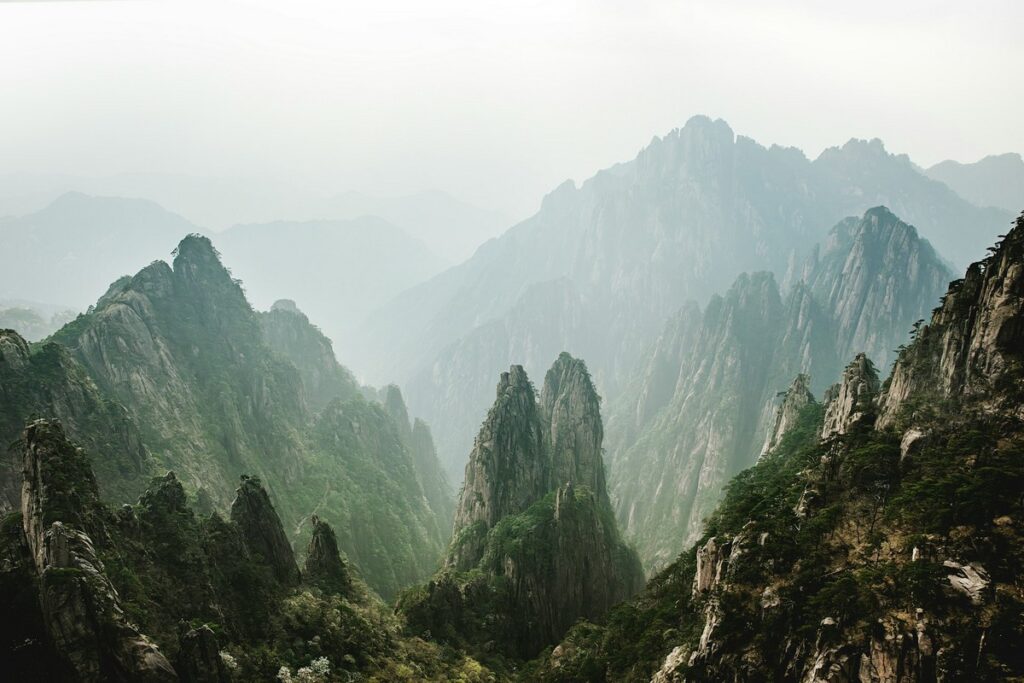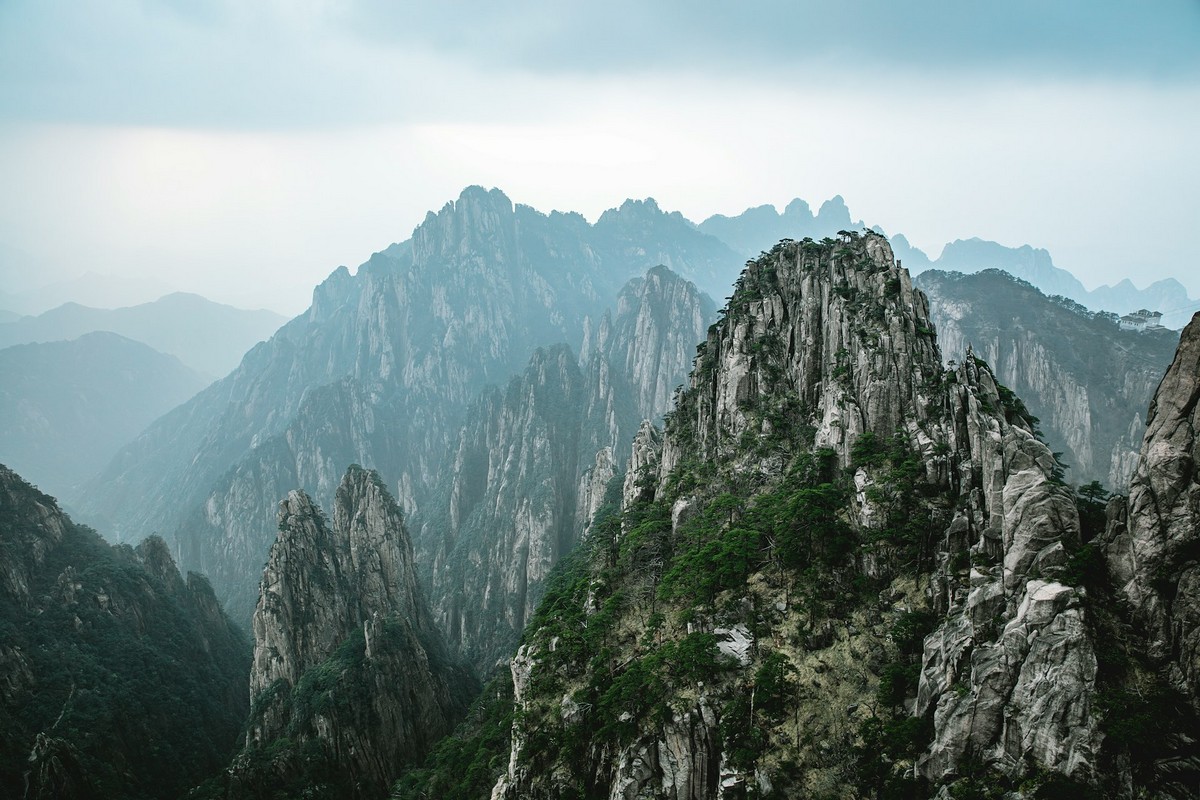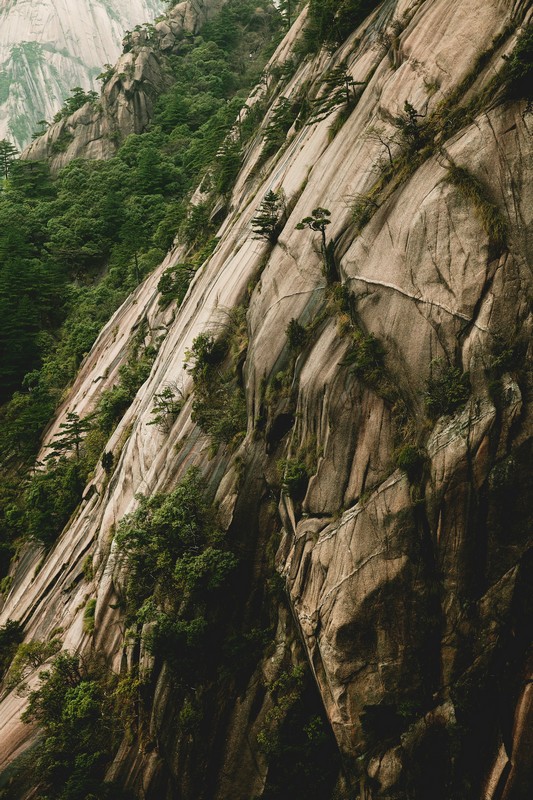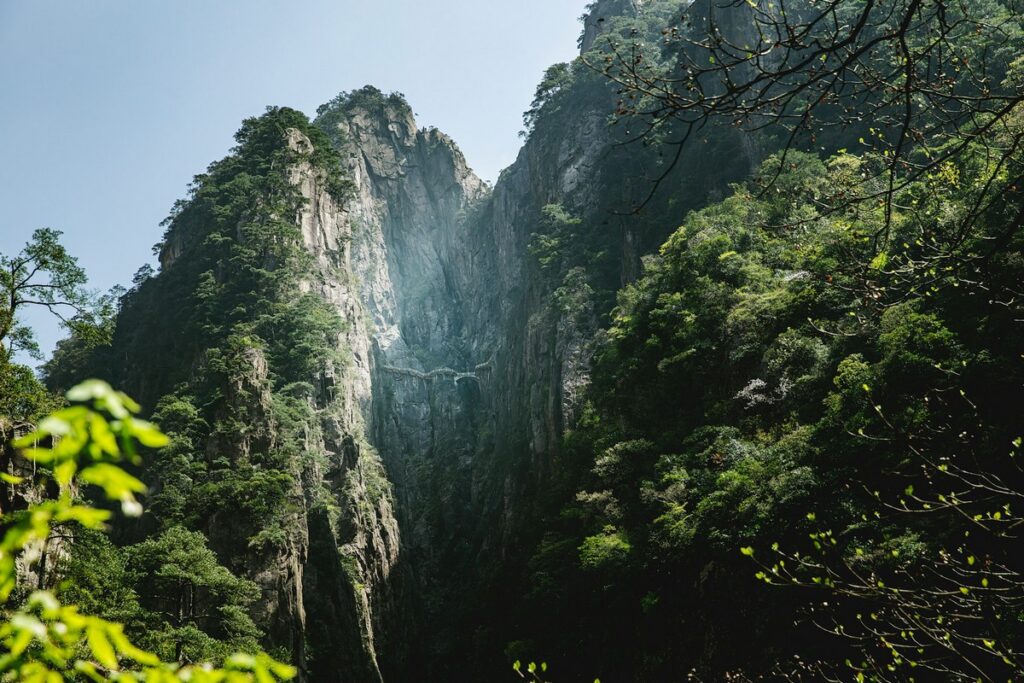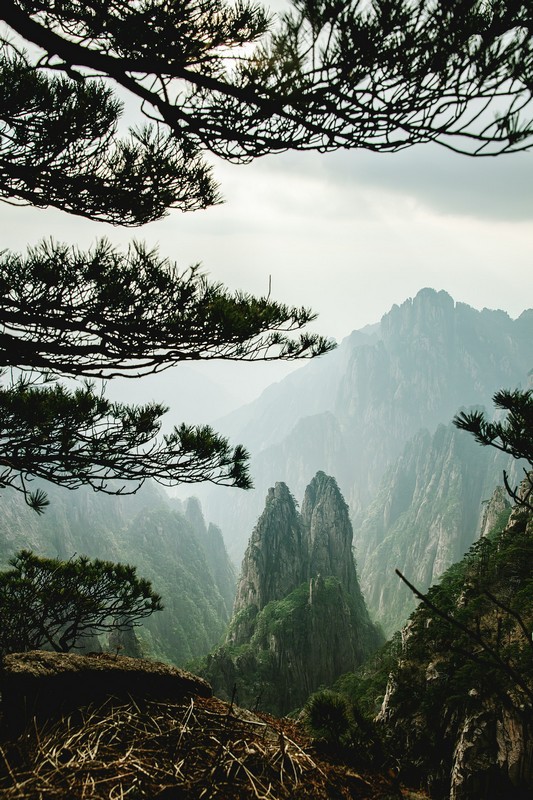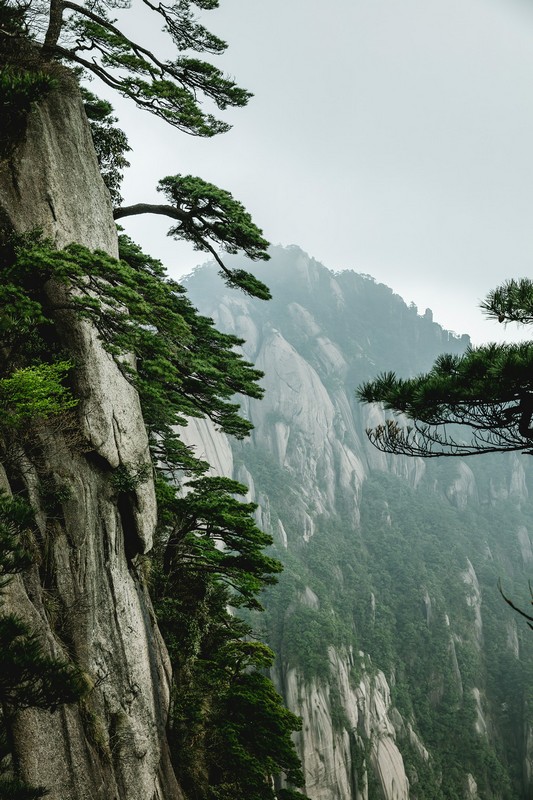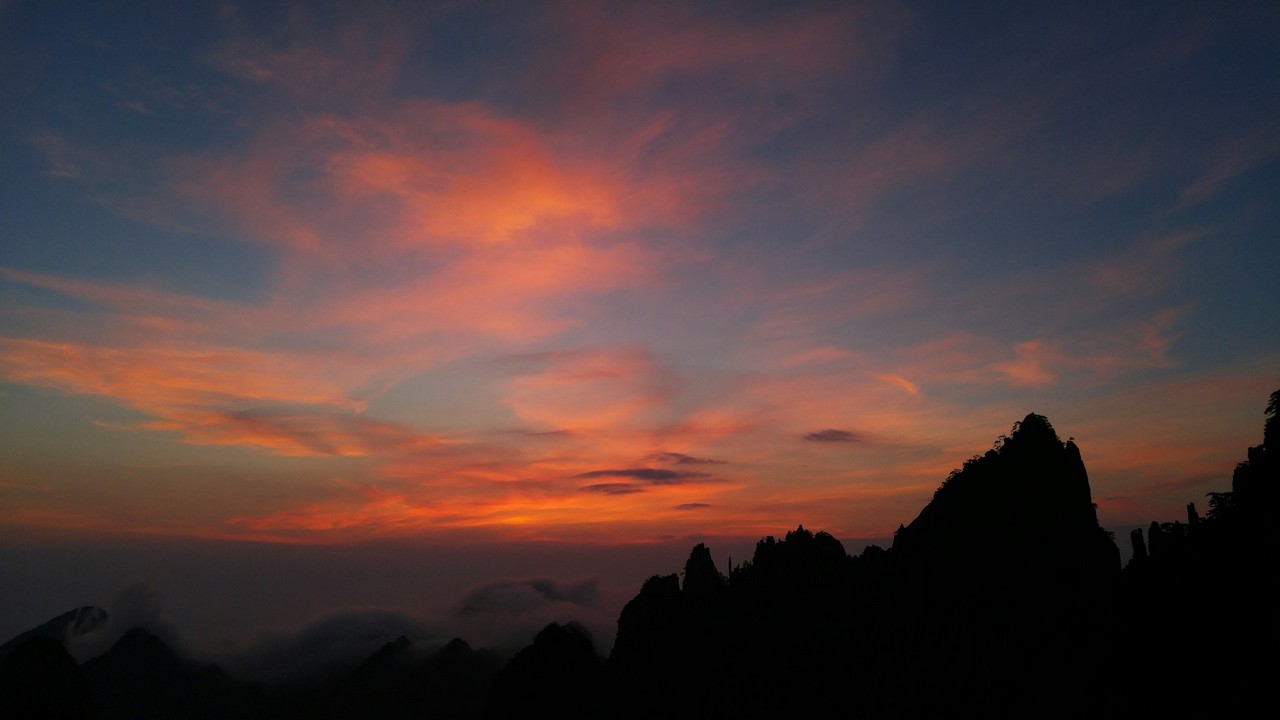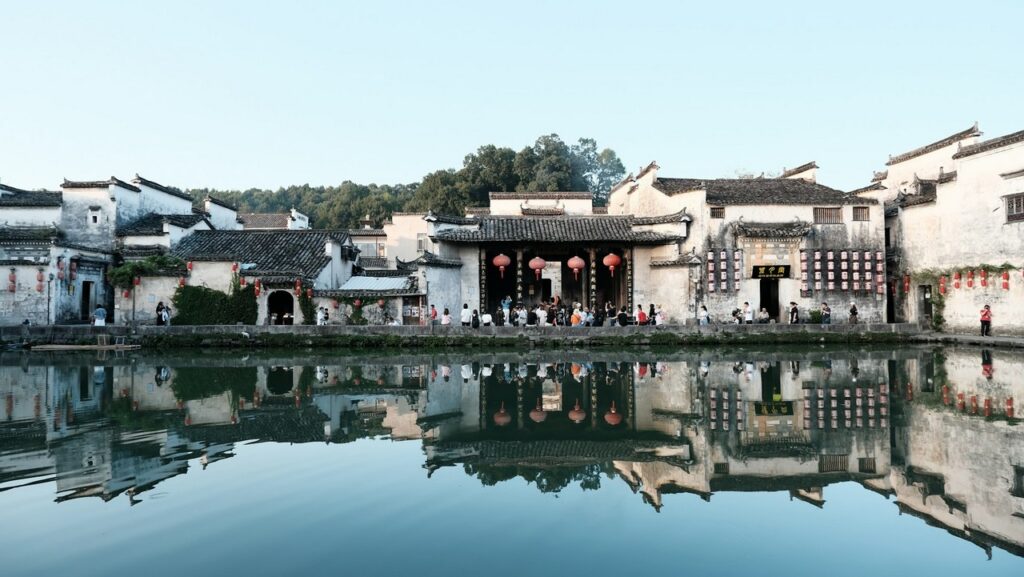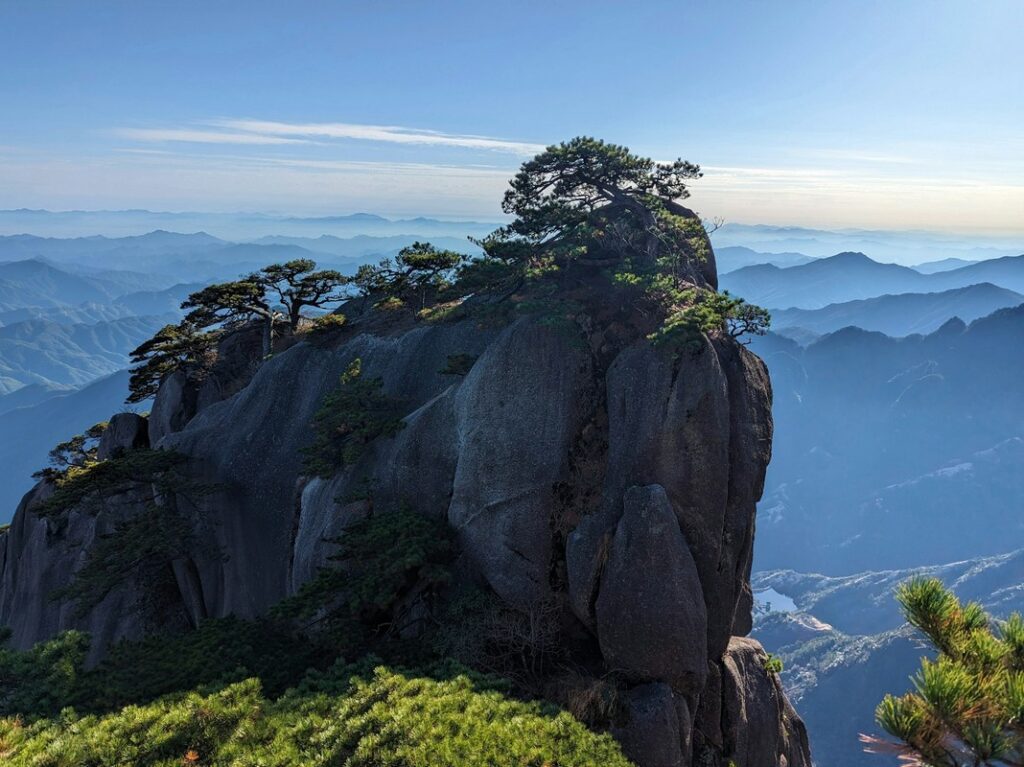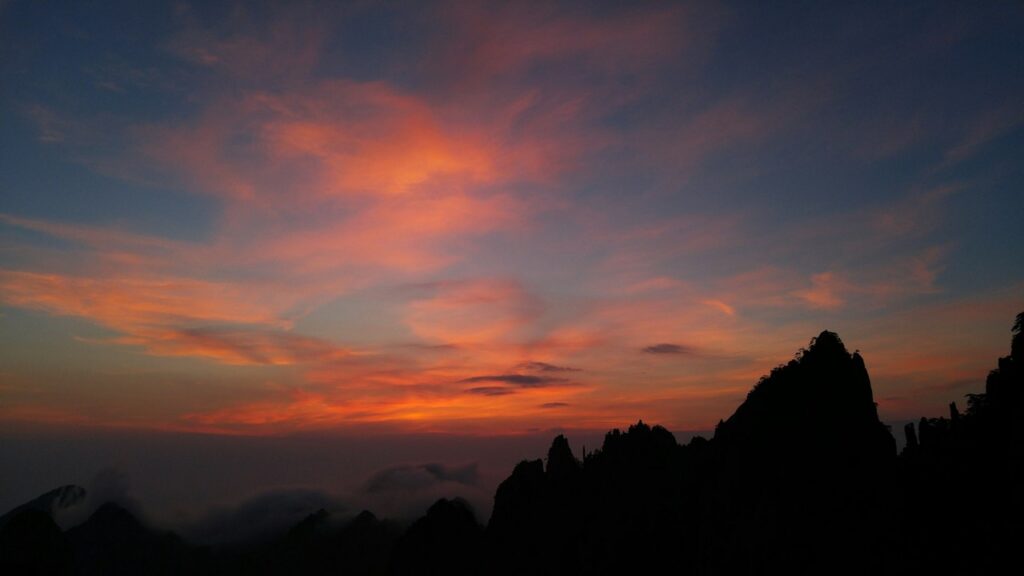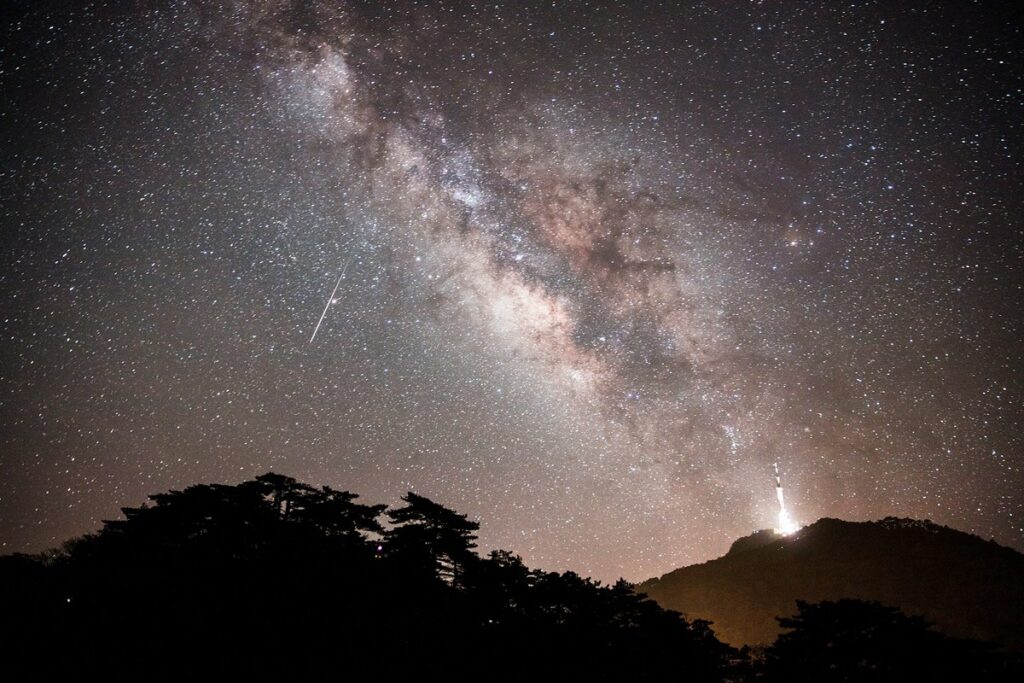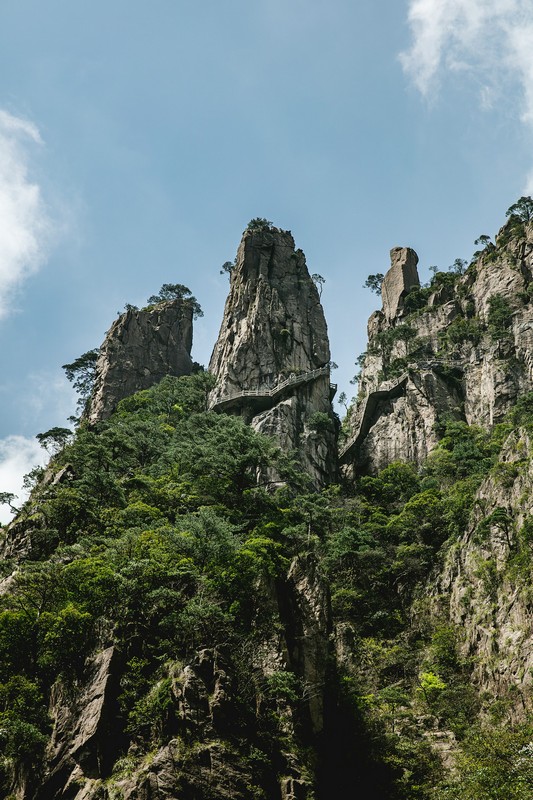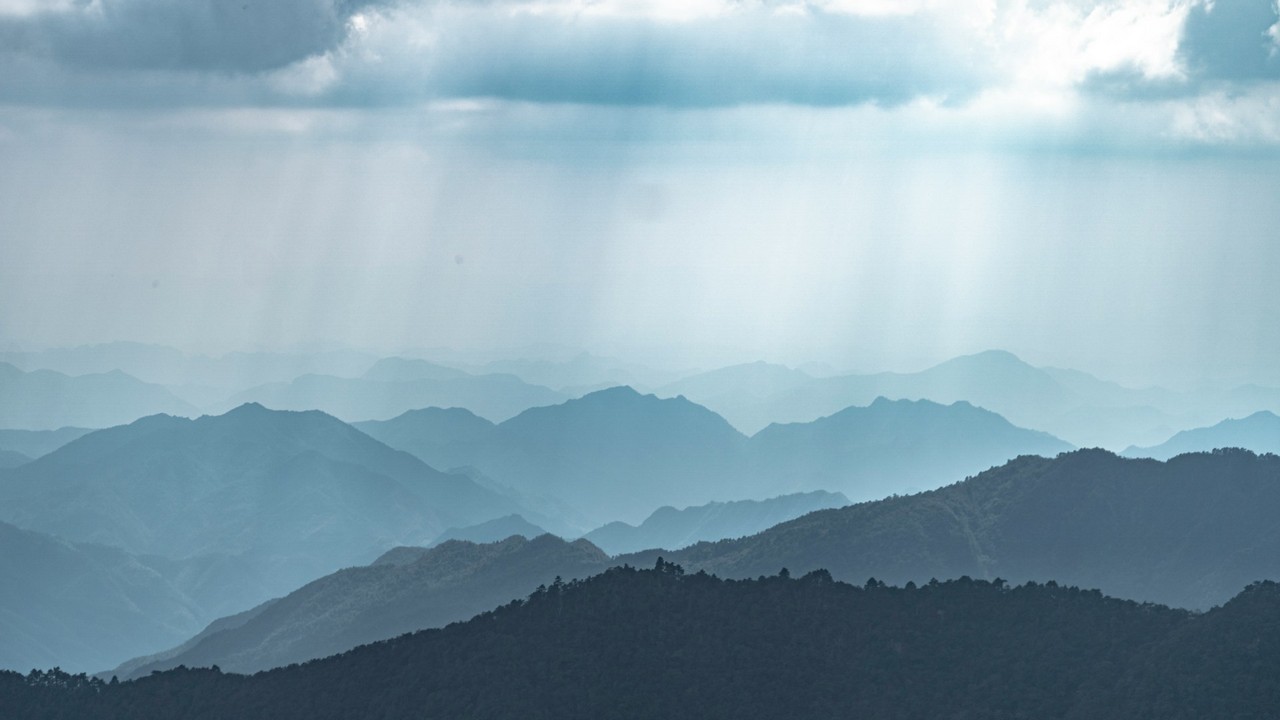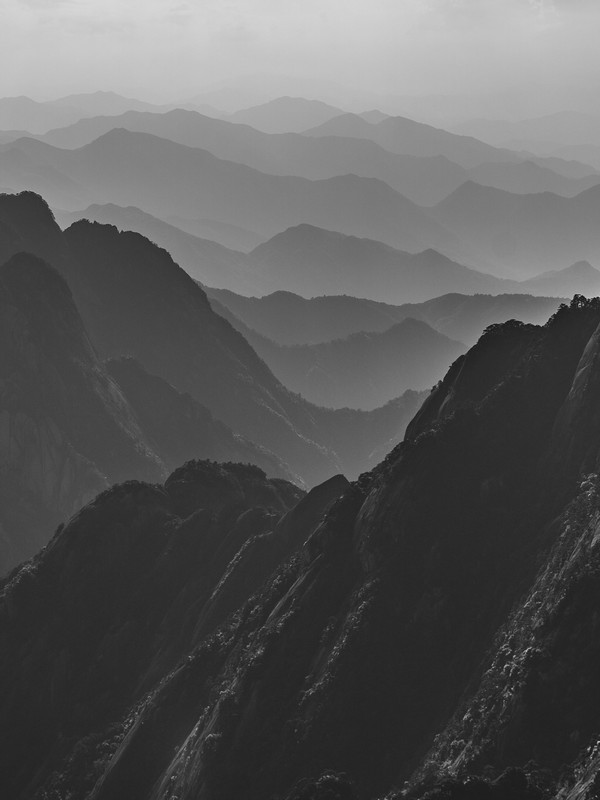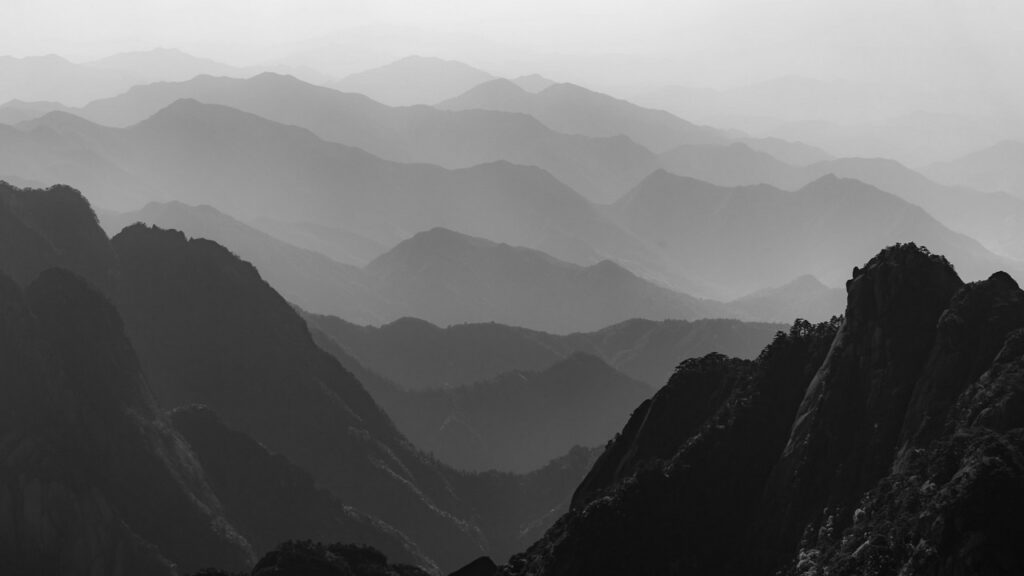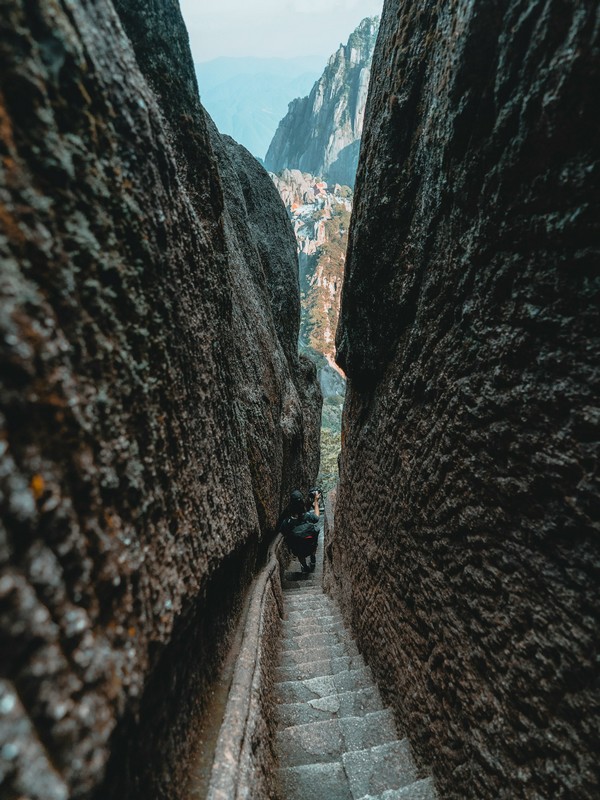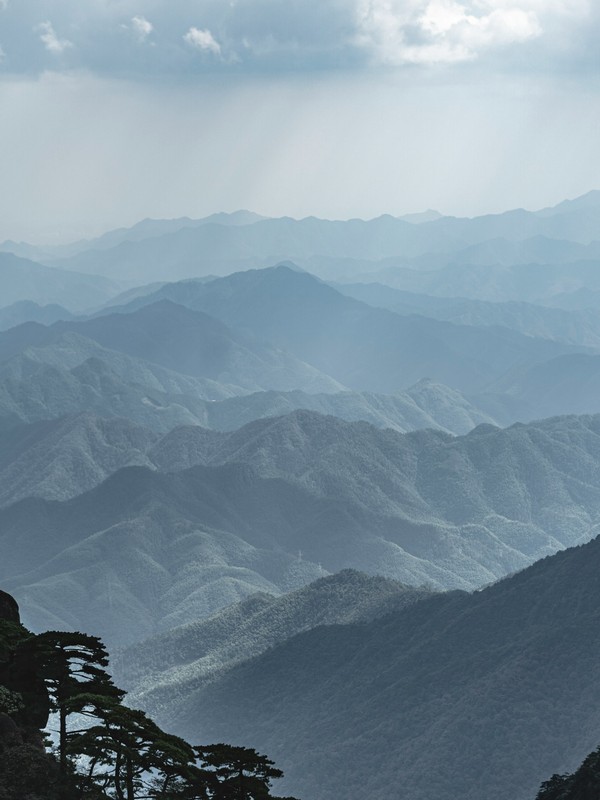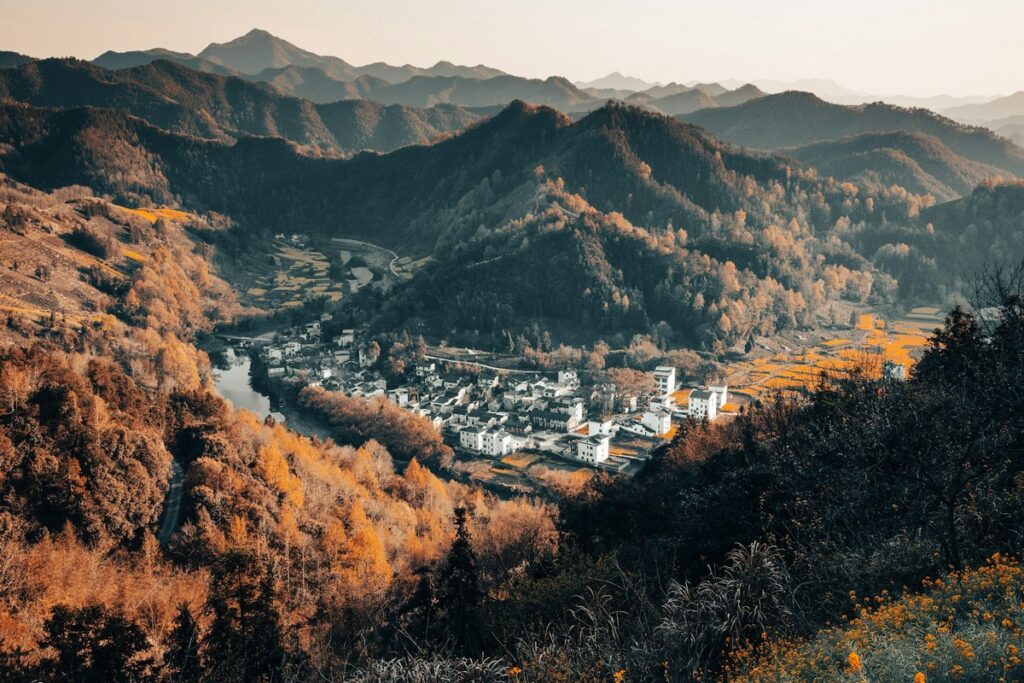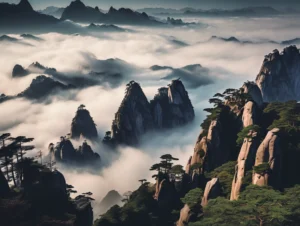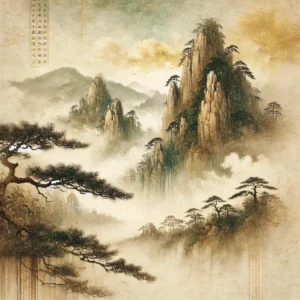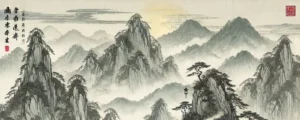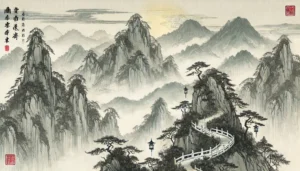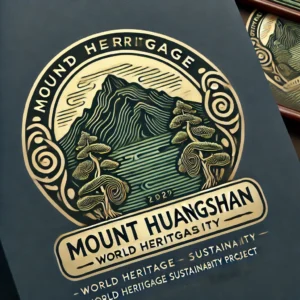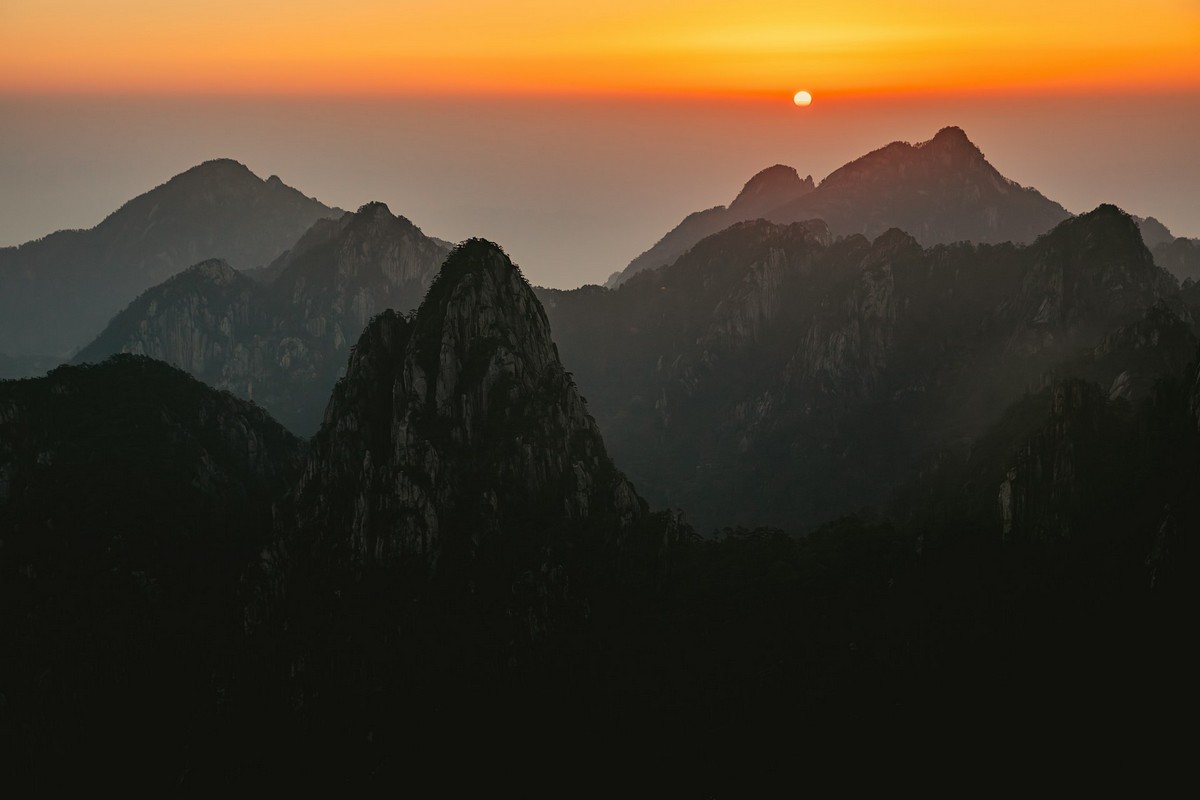
Yellow Mountain Huangshan: A Complete Travel & History Guide
Introduction
Yellow Mountain Park, also known as Huangshan Scenic Area, is one of China’s most breathtaking national parks. Nestled in Anhui Province, it is a UNESCO World Heritage Site celebrated for its dramatic granite peaks, sea of clouds, ancient pine trees, and hot springs. This guide covers everything you need to know about visiting Yellow Mountain Park, including hiking trails, key attractions, transportation, and accommodations. huangshan national park summit following a twelvemile roundtrip hike the yellow mountain trail
What Makes Yellow Mountain Park Special?
Yellow Mountain Huangshan: A Complete Travel & History Guide
Yellow Mountain Park is famous for its Four Natural Wonders:
- Oddly Shaped Pine Trees – Trees growing in unique formations along cliffs.
- Sea of Clouds – A surreal mist covering the mountains.
- Hot Springs – Natural thermal waters with healing properties.
- Winter Snow Scenes – A magical snow-covered landscape.
It spans 1,200 square kilometers, featuring 72 peaks, deep valleys, and lush forests. The highest peaks include:
- Lotus Peak (1,864 meters) – The tallest peak, offering incredible views.
- Bright Summit (1,840 meters) – Best for sunrise and sunset.
- Celestial Capital Peak (1,829 meters) – A challenging but rewarding climb.
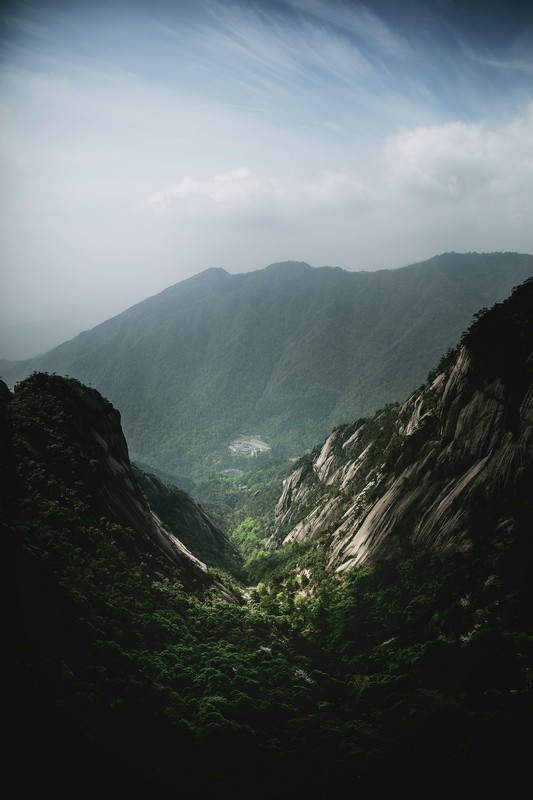
Top Attractions in Yellow Mountain Park
Yellow Mountain Huangshan: A Complete Travel & History Guide
1. West Sea Grand Canyon 🌄
- One of the park’s most scenic and dramatic areas.
- Features deep gorges, narrow paths, and towering rock formations.
- Best explored via the West Sea Grand Canyon Loop Trail.
2. Flying-Over Rock 🪨
- A gravity-defying rock perched on the edge of a cliff.
- One of the most iconic natural formations in the park.
3. Beginning-to-Believe Peak 🌿
- A famous viewpoint offering a first glimpse of Huangshan’s unique landscape.
- Ideal for beginners who want an easy yet rewarding hike.
4. The Hot Springs ♨️
- Natural thermal springs located at the base of the mountain.
- Said to have healing properties and used by emperors in ancient China.
5. The Sunrise & Sunset Views 🌅
- Best viewed from Bright Summit, Lion Peak, and Lotus Peak.
- The famous “Sea of Clouds” effect is most commonly seen in the morning.
Hiking & Trails in Yellow Mountain Park
1. Eastern Steps Trail (Easier Route)
- Distance: 7.5 km
- Time: 3–4 hours
- Best for: Beginners and casual hikers.
- Highlights: Scenic pine forests, gentle slopes, and panoramic views.
2. Western Steps Trail (More Challenging Route)
- Distance: 15 km
- Time: 5–6 hours
- Best for: Experienced hikers looking for adventure.
- Highlights: Celestial Capital Peak, steeper paths, and fewer crowds.
3. West Sea Grand Canyon Trail (Most Scenic Route)
- Distance: 10 km
- Time: 4–5 hours
- Best for: Photographers and nature lovers.
- Highlights: Dramatic cliffs, breathtaking views, and an immersive nature experience.
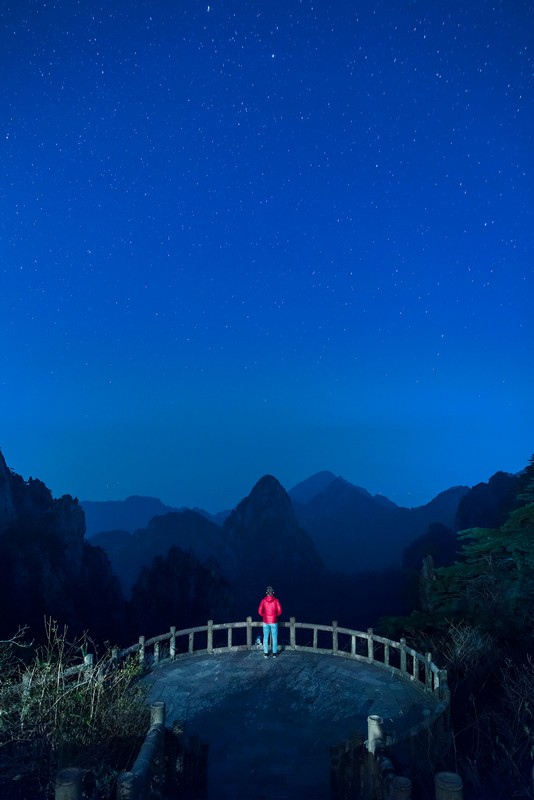
How to Get to Yellow Mountain Park
Yellow Mountain Huangshan: A Complete Travel & History Guide
By Air ✈️
- The nearest airport is Huangshan Tunxi International Airport (TXN).
- Flights are available from Beijing, Shanghai, Guangzhou, and Chengdu.
By Train 🚄
- High-speed trains connect Huangshan to:
- Shanghai (2.5 hours)
- Hangzhou (1.5 hours)
- Beijing (5.5 hours)
- Nanjing (3 hours)
By Bus 🚌
- Direct buses run from Shanghai, Hangzhou, and Nanjing to Huangshan Scenic Area.
From Huangshan City to the Park 🚕
- A 1-hour drive from Huangshan City (Tunxi District) to Tangkou Town (the entrance to Yellow Mountain Park).
- Shuttle buses or taxis take visitors to the Eastern Steps or Western Steps.
Cable Cars in Yellow Mountain Park 🚠
For those who prefer not to hike, the park has three cable car options:
| Cable Car | Route | Duration |
|---|---|---|
| Yungu Cable Car | East Route | 10 min |
| Yuping Cable Car | West Route | 10 min |
| Taiping Cable Car | North Route | 10 min |
- Yungu Cable Car: Easiest access to the main viewpoints.
- Yuping Cable Car: Best for reaching Celestial Capital Peak.
- Taiping Cable Car: Lesser-known but offers stunning views.
- Yellow Mountain Huangshan: A Complete Travel & History Guide
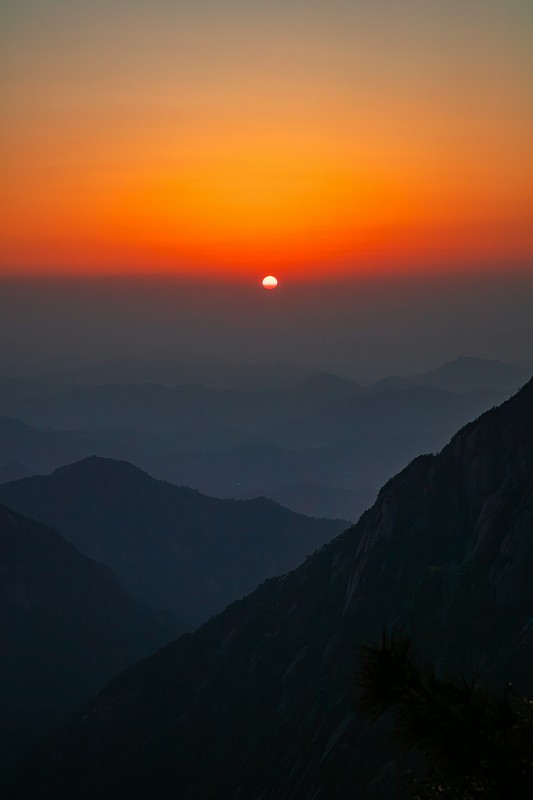
Where to Stay in Yellow Mountain Park
Yellow Mountain Huangshan: A Complete Travel & History Guide
Luxury Hotels ⭐⭐⭐⭐⭐
- Xihai Hotel – Modern rooms with panoramic views.
- Baiyun Hotel – A great option for sunrise watchers.
Mid-Range Hotels ⭐⭐⭐
- Beihai Hotel – Affordable, close to hiking trails.
- Huangshan International Hotel – Conveniently located in Tunxi.
Budget Guesthouses 🏠
- Available in Tangkou Town, near the park entrance.
- Suitable for budget travelers and backpackers.
- 🌍 Wadi Rum Protected Area
- 🏛️ Historic Centre of Rome
- 🏔️ Mount Huangshan
- 🕌 Historic Areas of Istanbul
- 🌍 Kilimanjaro National Park
- 🌟 Medina of Marrakesh
- 🌅 Angkor Wat, Cambodia
- 🏞️ Iguazu National Park
- 🌋 Yellowstone National Park
- 🌅 Uluru-Kata Tjuta National Park
- 🏔️ Annapurna Conservation Area
- 🐘 Bagan, Myanmar
- 🕌 Taj Mahal, India
- 🐢 Galapagos Islands, Ecuador
- 🌊 Great Barrier Reef, Australia
- 🏞️ Grand Canyon National Park, USA
- 🏯 The Great Wall of China
- 🏛️ Old Havana and its Fortifications, Cuba
- 🌟 Medina of Fez, Morocco
- 🏔️ Machu Picchu, Peru
- 🏛️ Acropolis of Athens, Greece
- 🏔️ Te Wahipounamu, New Zealand
- 🌊 Victoria Falls (Mosi-oa-Tunya), Zimbabwe/Zambia
- 🏞️ The English Lake District, UK
- 🌲 Redwood National and State Parks, USA
- 🗻 Mount Fuji & Sacred Sites, Japan
- 🏝️ Lord Howe Island Group, Australia
- 🌊 Plitvice Lakes National Park, Croatia
- 🌍 Borobudur Temple Compounds
- 🏞️ Freycinet National Park, Tasmania
- 🌊 Lake Baikal, Russia
- 🏛️ Historic Ensemble of the Potala Palace, Lhasa
- 🏔️ Swiss Alps Jungfrau-Aletsch
- 🌟 Pre-Hispanic City of Chichen Itza
- 🕌 Ancient City of Sigiriya
- 🏯 Mausoleum of the First Qin Emperor
- 🛕 Rock-Hewn Churches of Lalibela
- ⛪ Vatican City Holy See
- 🏰 Historic Centre of Prague
- 🏝️ Mont-Saint-Michel and Its Bay
- 🗿 Stonehenge, Avebury and Associated Sites
- 🌊 Old City of Dubrovnik
- ⛰️ Mount Kenya National Park
- 🐘 Serengeti National Park, Africa
- 🏞️ Trang An Landscape Complex
- 🌆 Paris, Banks of the Seine
- 🏔️ Simien National Park
- 🌴 Wet Tropics of Queensland
- 🏯 Classical Gardens of Suzhou
Best Time to Visit Yellow Mountain Park
- Spring (March–May): Blooming flowers, pleasant weather.
- Summer (June–August): Lush greenery, occasional rain.
- Autumn (September–November): Crisp air, beautiful fall foliage.
- Winter (December–February): Snow-covered peaks, fewer tourists.
- Yellow Mountain Huangshan: A Complete Travel & History Guide
Travel Tips for Visiting Yellow Mountain Park
✅ Start early – Crowds increase later in the day. ✅ Dress in layers – Weather can change rapidly. ✅ Bring snacks & water – Limited food options on the trails. ✅ Check weather forecasts – Avoid rainy days for the best views. ✅ Stay overnight – For the ultimate experience, watch the sunrise over the peaks.
Conclusion
Yellow Mountain Park is one of China’s most stunning natural wonders, offering adventure, culture, and breathtaking landscapes. Whether you choose to hike the scenic trails or take a cable car to the peaks, this UNESCO site is a must-visit destination for travelers.
With well-preserved nature, modern facilities, and stunning photo opportunities, exploring Yellow Mountain Park is an unforgettable experience!
Yellow Mountain Huangshan: A Complete Travel & History Guide
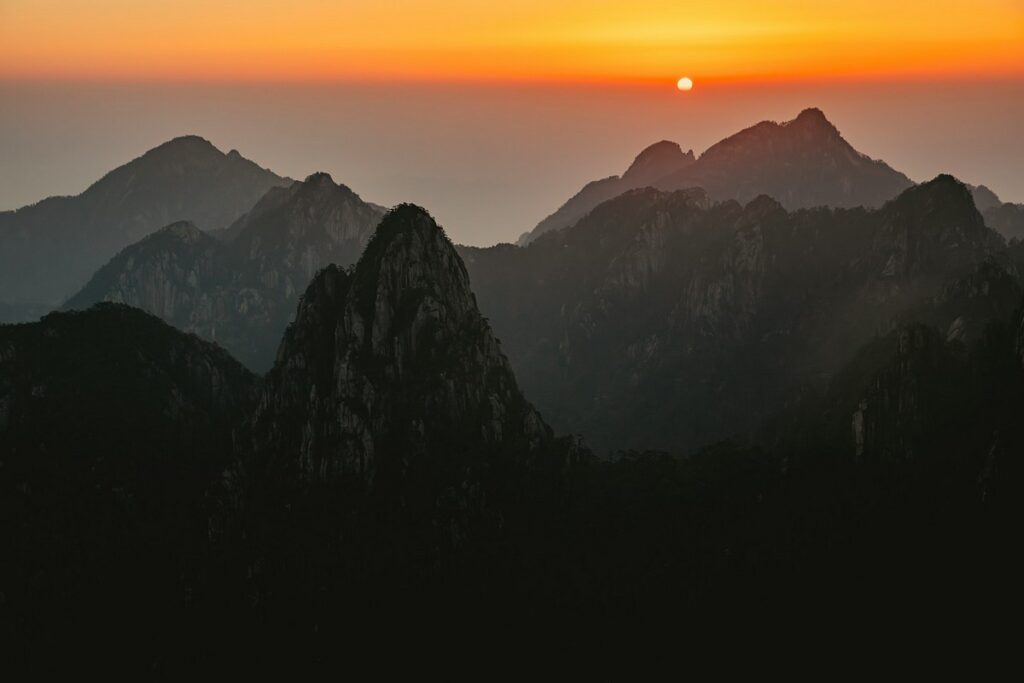
- 🌍 Wadi Rum Protected Area
- 🏛️ Historic Centre of Rome
- 🏔️ Mount Huangshan
- 🕌 Historic Areas of Istanbul
- 🌍 Kilimanjaro National Park
- 🌟 Medina of Marrakesh
- 🌅 Angkor Wat, Cambodia
- 🏞️ Iguazu National Park
- 🌋 Yellowstone National Park
- 🌅 Uluru-Kata Tjuta National Park
- 🏔️ Annapurna Conservation Area
- 🐘 Bagan, Myanmar
- 🕌 Taj Mahal, India
- 🐢 Galapagos Islands, Ecuador
- 🌊 Great Barrier Reef, Australia
- 🏞️ Grand Canyon National Park, USA
- 🏯 The Great Wall of China
- 🏛️ Old Havana and its Fortifications, Cuba
- 🌟 Medina of Fez, Morocco
- 🏔️ Machu Picchu, Peru
- 🏛️ Acropolis of Athens, Greece
- 🏔️ Te Wahipounamu, New Zealand
- 🌊 Victoria Falls (Mosi-oa-Tunya), Zimbabwe/Zambia
- 🏞️ The English Lake District, UK
- 🌲 Redwood National and State Parks, USA
- 🗻 Mount Fuji & Sacred Sites, Japan
- 🏝️ Lord Howe Island Group, Australia
- 🌊 Plitvice Lakes National Park, Croatia
- 🌍 Borobudur Temple Compounds
- 🏞️ Freycinet National Park, Tasmania
- 🌊 Lake Baikal, Russia
- 🏛️ Historic Ensemble of the Potala Palace, Lhasa
- 🏔️ Swiss Alps Jungfrau-Aletsch
- 🌟 Pre-Hispanic City of Chichen Itza
- 🕌 Ancient City of Sigiriya
- 🏯 Mausoleum of the First Qin Emperor
- 🛕 Rock-Hewn Churches of Lalibela
- ⛪ Vatican City Holy See
- 🏰 Historic Centre of Prague
- 🏝️ Mont-Saint-Michel and Its Bay
- 🗿 Stonehenge, Avebury and Associated Sites
- 🌊 Old City of Dubrovnik
- ⛰️ Mount Kenya National Park
- 🐘 Serengeti National Park, Africa
- 🏞️ Trang An Landscape Complex
- 🌆 Paris, Banks of the Seine
- 🏔️ Simien National Park
- 🌴 Wet Tropics of Queensland
- 🏯 Classical Gardens of Suzhou
Yellow Mountain Huangshan: A Complete Travel & History Guide

